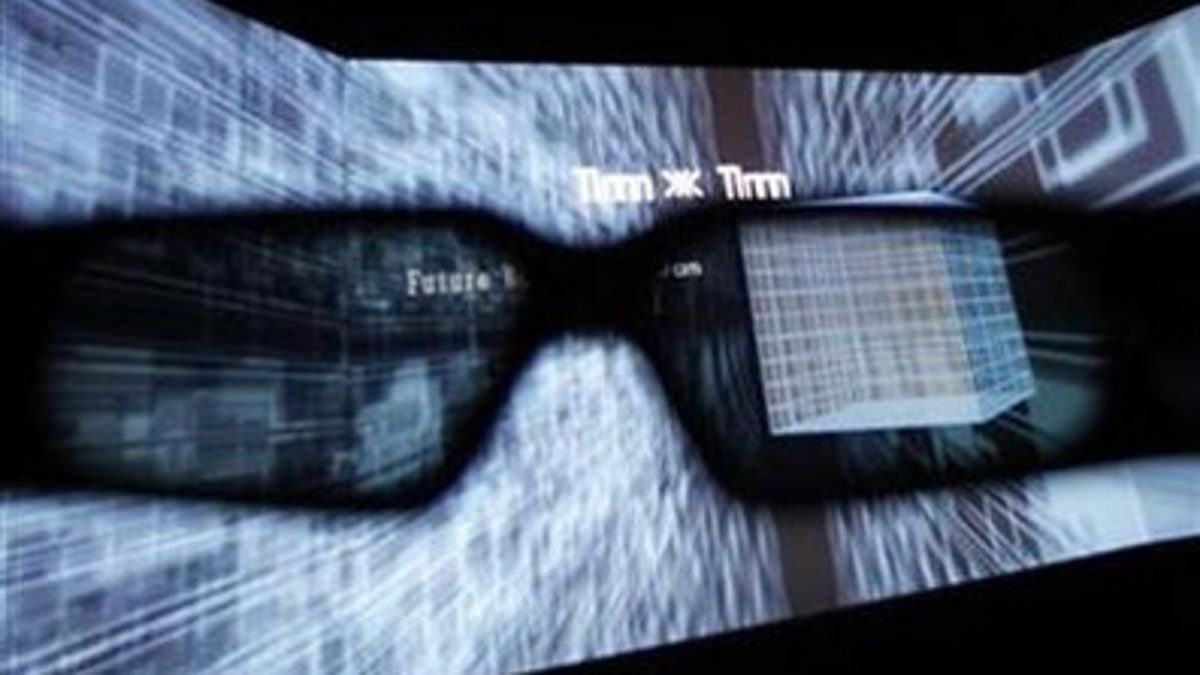
June 23, 2010: A 3D display is seen through glasses during a demonstration by virtual reality content and technology provider Solidray at the 3D and Virtual Reality Expo in Tokyo. (REUTERS/Yuriko Nakao)
In a hospital atrium at Mount Sinai Beth Israel this week, a choir gave its first public performance. Wearing light-up necklaces and accompanied by drums and guitar, the performers rang bells and sang such holiday classics as “Silver Bells” and “Joy to the World,” occasionally breaking out in harmony.
While every member of the choir sings, some are united by a less common bond: They have lost much of their ability to speak.
The group, Singing Together Measure by Measure, is made up of those who have had strokes and those who care for them, both family members and health-care professionals. It is part of a clinical trial, led by Joanne Loewy, director of the hospital’s Louis Armstrong Center for Music and Medicine, creating therapy around a phenomenon that has been noted for centuries: that some people who can’t speak can still sing.
Technically, the study is focused on a condition called aphasia, a brain disorder that causes difficulties speaking and communicating but doesn’t necessarily affect intelligence. It is common among stroke patients, occurring in about one-third of the 750,000 people in the U.S. who have strokes each year, according to the National Aphasia Association, an advocacy group.
Having a stroke often destroys certain neural pathways in the brain, including those used for speech. Music, which uses a more complex set of pathways, can help restore lost brain function, Dr. Loewy said.
“It’s a perfect population to study, because you can actually connect the preserved pathways and reactivate them through music,” she added.
For the trial, which is ongoing, 40 stroke patients are randomly divided into two groups. All the patients receive standard post-stroke care but one of the groups is also assigned music therapy.
Before and after a six-month period, a research team measures the patients’ changes in mood, neurological function and language ability. Dr. Loewy and her collaborators, music therapists Andrew Rossetti and Naoko Mizutani, aim to see if participating in the weekly choir sessions makes a measurable difference on stroke survivors’ recovery.
